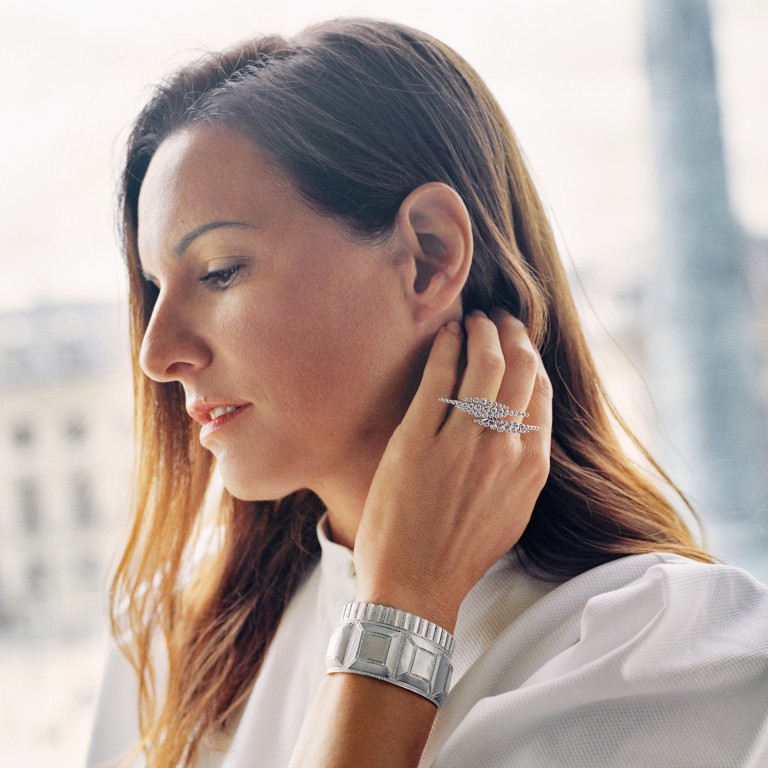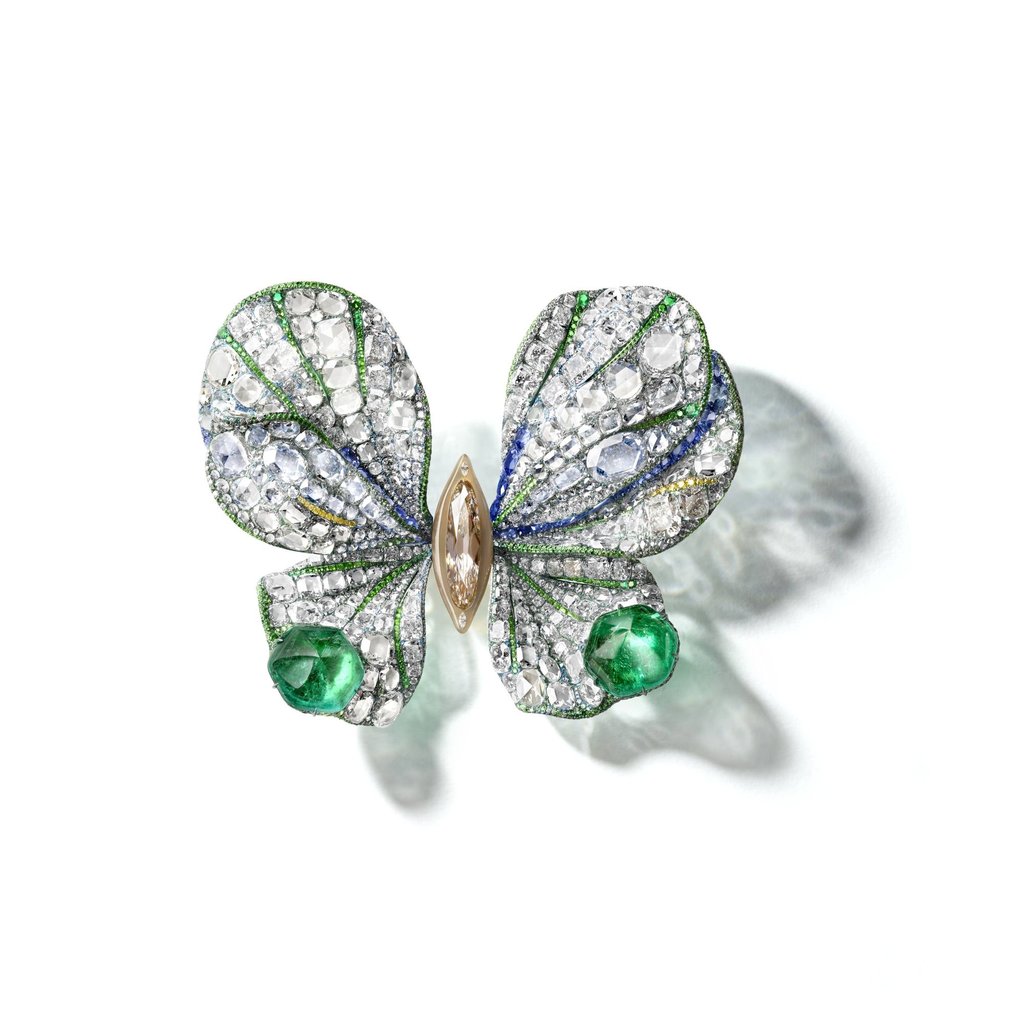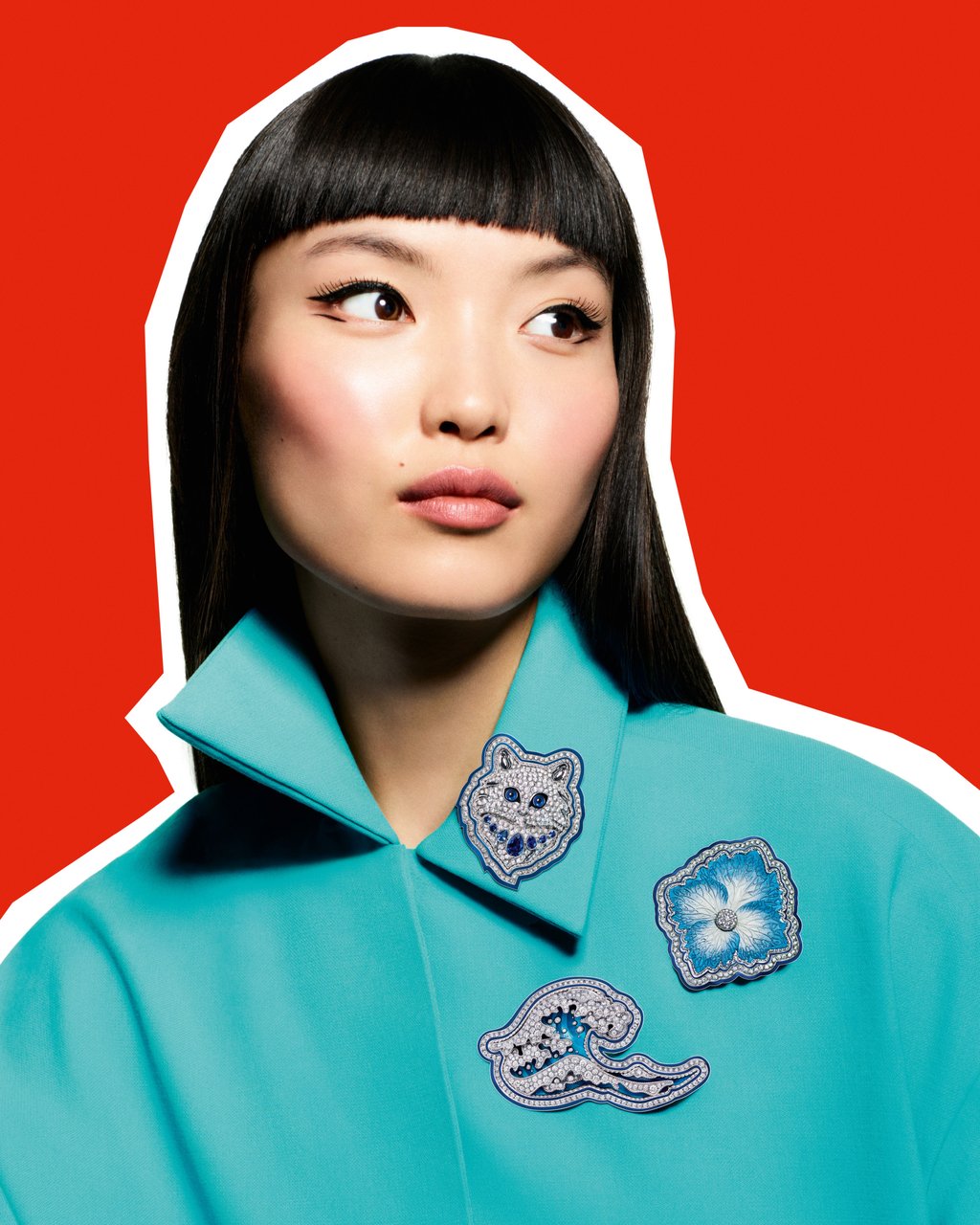Will semi-precious gems become more popular than diamonds? Luxury brands look to ‘affordable’ stones

- Diamonds are expensive because they’re rare, but high-end jewellers are increasingly embracing colourful alternatives like aquamarines, garnets and tsavorites for added sparkle
Breaking news: semi-precious gems are back in fashion.
Colourful hard stones including lapis lazuli, malachite and tiger’s eye have long been sought after for their natural beauty and affordability – especially when compared to diamonds, which are set to spike in price thanks to a surge in demand against tight supply.
There is a certain thrill that comes from owning something that’s centuries old and from a far-flung destination, prompting jewellers to rethink these overlooked treasures – often with strikingly beautiful results.

Taiwanese artist Cindy Chao – owner of the eponymous high jewellery brand – set semi-precious stones including aquamarines, garnets and tsavorites into one of her latest Black Label Masterpieces, playfully titled the Amour Butterfly brooch.
The creation’s three-dimensional, outstretched wings are secured to a body comprised of polished ox horn, which took more than a year to source from Europe. With its green garnets enhanced by ribbons of aquamarine and tsavorite, the piece is a wondrous achievement in terms of colour and scale.
Pomellato has a history of using colourful gems including semi-precious stones. The Milanese jeweller’s Armonie Minerali collection features softly formed cabochons cut from rough blocks of rock, which were shaped in the German town of Idar-Oberstein, known as one of the world’s most important gemstone hubs. Bohemian jewellery pieces feature chunks of chrysocolla, amazonite and rhodochrosite secured by straps of pavé gemstones. Elsewhere, a Samurai-inspired statement ring is mounted with dendritic blue opal, its blackened flecks evoking forms of Japanese calligraphy.

More recently, Pomellato reimagined the scarab beetle for Scarabeo di Pomellato, comprising 31 cocktail rings affixed with turquoise, red jasper and lime-green peridot.
Cocktail rings were popularised in the 1920s as a sign of rebellion against Prohibition, when drinking alcohol was illegal in the US. Tipplers donned oversized bands to draw attention to the glass in their hand. According to the maison, the collection’s “boldly colourful interpretations, carved from extraordinary stones, embody the contemporary Milanese concept of luxury”.
Stand-out combinations include midnight-blue sodalite offset by fiery red spinels, and peaches-and-cream rhodochrosite combined with cobalt sapphires.




